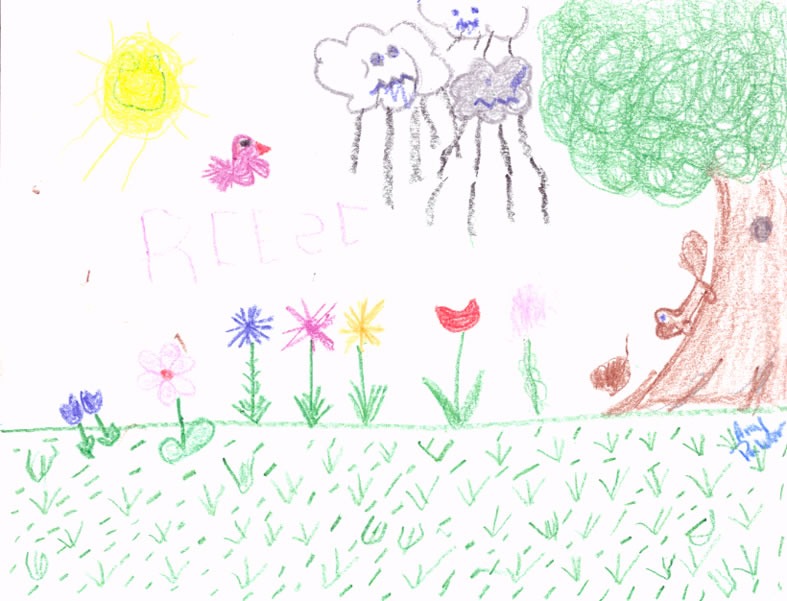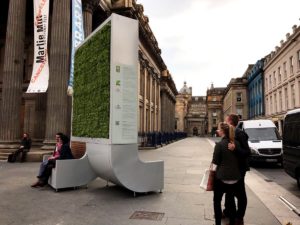
From the moment a child picks up a crayon, they’re doing far more than making colorful marks—they’re building the foundation for lifelong learning. Art is not just a creative outlet; it’s a developmental powerhouse that nurtures cognitive growth, emotional intelligence, and essential life skills.
Brain Boost: Cognitive and Academic Growth
Art activates both hemispheres of the brain. When children plan a drawing or mix colors, they engage logical thinking, pattern recognition, and spatial reasoning—skills that directly support subjects like math and science.
- Problem-solving: Choosing materials, adjusting techniques, and visualizing outcomes all require critical thinking.
- Memory and focus: Artistic tasks demand sustained attention and help improve working memory.
- Math readiness: Concepts like symmetry, size, and spatial relationships are naturally explored through art.
Fine Motor Skills and Coordination
Art activities like cutting, gluing, painting, and sculpting help children refine their fine motor skills. These small muscle movements are crucial for writing, tying shoes, and using tools.
- Hand-eye coordination: Drawing shapes or threading beads strengthens visual-motor integration.
- Dexterity: Manipulating different textures and tools builds control and precision.
Language and Communication
Art gives children a voice before they have the words. As they describe their creations, they build vocabulary, storytelling skills, and confidence in self-expression.
- Vocabulary development: Words like “shade,” “contrast,” and “texture” expand their descriptive language.
- Narrative skills: Explaining their artwork helps children organize thoughts and practice sequencing.
Emotional Intelligence and Self-Expression
Children experience big emotions, and art offers a safe, constructive outlet. Whether it’s joy, frustration, or curiosity, artistic expression helps them process feelings and develop empathy.
- Stress relief: Creative play can soothe anxiety and promote emotional regulation.
- Confidence: Completing a project fosters pride and a sense of accomplishment.
Social Skills and Collaboration
Group art projects teach children how to share materials, take turns, and appreciate diverse perspectives. These interactions build teamwork, patience, and respect for others’ ideas.
Why It Matters
In a world increasingly focused on metrics and screens, art reminds us that imagination is just as important as information. It nurtures the whole child—mind, body, and spirit—and lays the groundwork for innovation, resilience, and joy.
Whether through finger painting or digital design, every artistic experience is a step toward deeper learning and self-discovery. So the next time a child hands you a scribbled masterpiece, remember: it’s not just art. It’s growth in motion.
“Every child is an artist. The problem is how to remain an artist once he grows up.”
― Pablo Picasso


